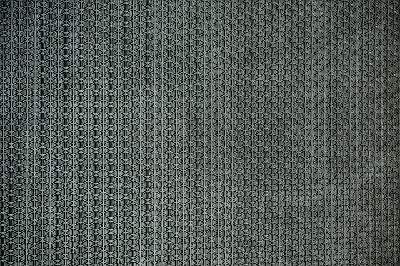Rubber Flooring
Rubber flooring is made from a mixture of raw rubber, fillers such as fiber, cork, etc., and pigments at a very high temperature. In order to speed up the vulcanization process, a small percentage of sulfur is added.

Rubber flooring is available in sheet or tile form and in various colors such as linoleum. Its thickness is never more than 10 mm. It is cemented to concrete or wood in the same manner as linoleum.
It is very costly in its initial cost. The rubber flooring material is durable, elastic, good-looking, noiseless, comparatively warm, and soft. This floor, is, however, not resistant to oil grease and gasoline. This floor is mostly not used for ground floors.
Read Also: